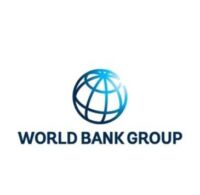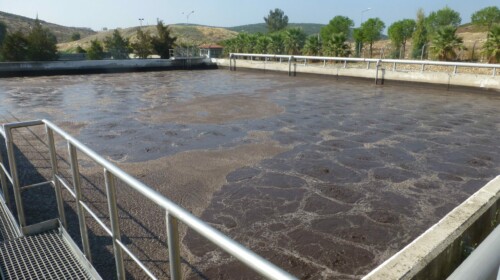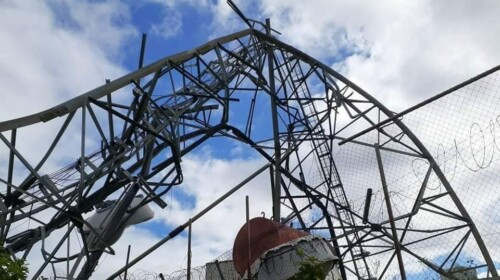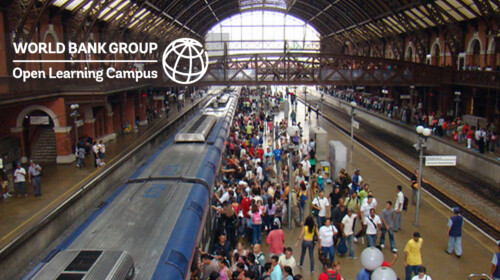Despite admirable intentions of hydropower development projects, there is often a risk for negative environmental and social impacts. Because of the vital importance of water for ecosystems and communities of an area, impacts of project development on the water resources can have severe consequences. The construction of hydropower reservoirs allows for the control of the discharge to suit the demand for power production. However, the effect on the surrounding environment can be significant with long-term irreversible effects. Project development impacts need to be mitigated to maintain the aquatic ecosystems and the access to water and services they provide communities. The required flow regime necessary for maintaining the ecosystems is referred to as the Environmental Flow (EF), and defined as the quantity, timing and quality of freshwater flows and levels necessary to sustain aquatic ecosystems which, in turn, support human cultures, economies, sustainable livelihoods, and well-being (Brisbane Declaration, 2018).
This course provides an introduction to Environmental Flows in projects affecting water flow, especially for hydropower development projects. The course seeks to demystify the interrelationships between the aquatic ecosystem, societal dependences, ecological requirements, water management, and discharge release operations. The course highlights the importance and value of the environmental flows, shares lessons learned, and provides practical, project-level guidance for those tasked with developing water-related/impacting projects.
This course is designed to provide an overview of the motivation, context-appropriate methodology, and best-practice mitigation measures. It is anticipated that this training will help teams and project managers in integrating Environmental Flow Assessments (EFAs) into their projects, both in terms of project conceptualization and preparation, as well as project implementation.
The World Bank’s Good Practice handbook, ’Environmental Flows for Hydropower Projects – Guidance for the Private Sector in Emerging Markets‘ (2018) serves as a complementary companion resource to the course.
Target Audience
Policy makers, practitioners, project managers, project teams and partners.
Learning Objectives
After completing this course, participants will be able to:
- Explain the need, impact and dimensions of environmental flow
- Define the concept of environmental flow as well as its requirements
- Select appropriate environmental flow assessment methods for projects.
- Explain how to incorporate environmental flows into project preparation and environmental and social due-diligence.









